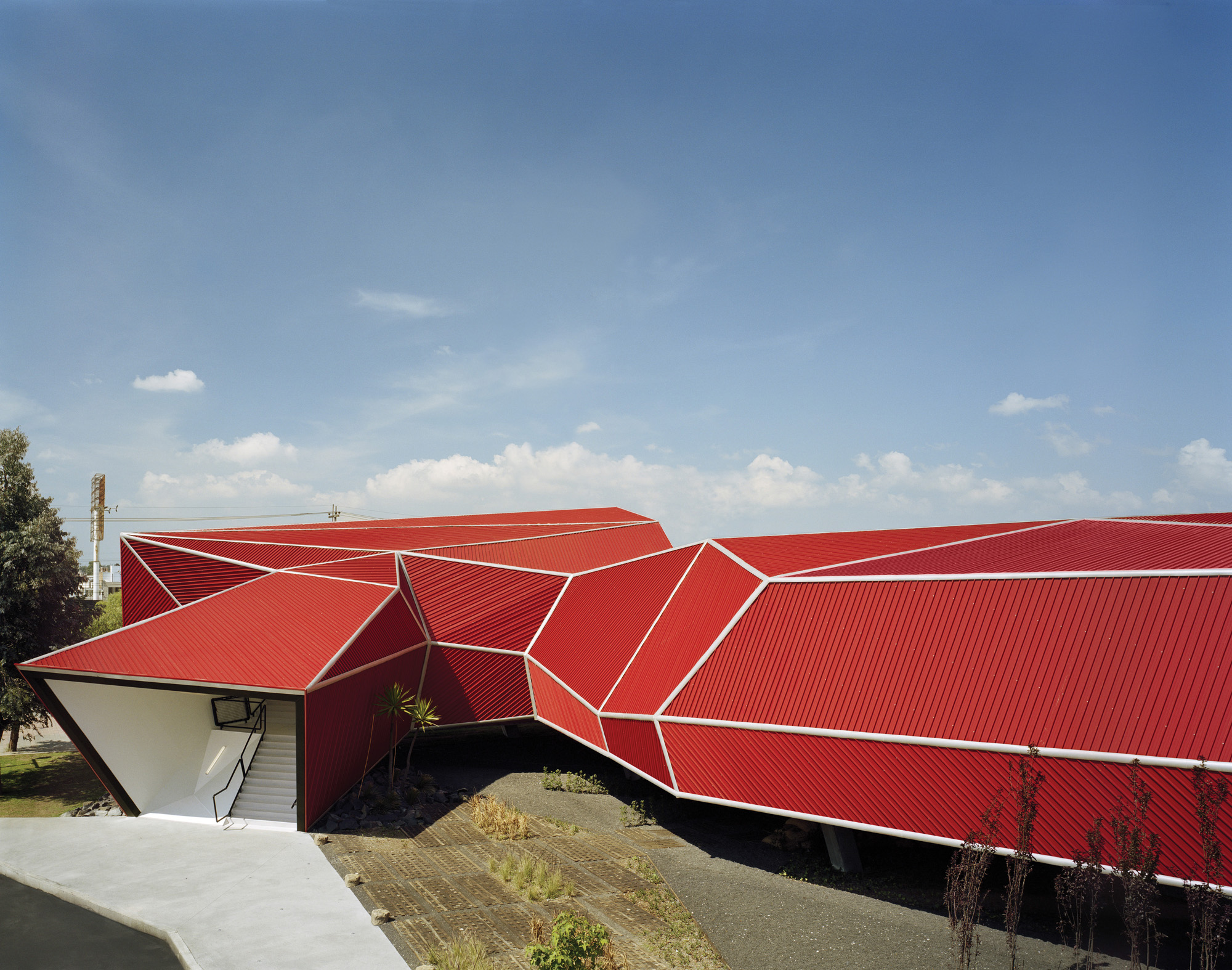
Photo © Paul Rivera Courtesy of Rojkind Arquitectos
The Nestlé Chocolate Museum is an urban-scale toy that invites us on an emotional tour and gives free rein to the exuberant creativity of Michel Rojkind
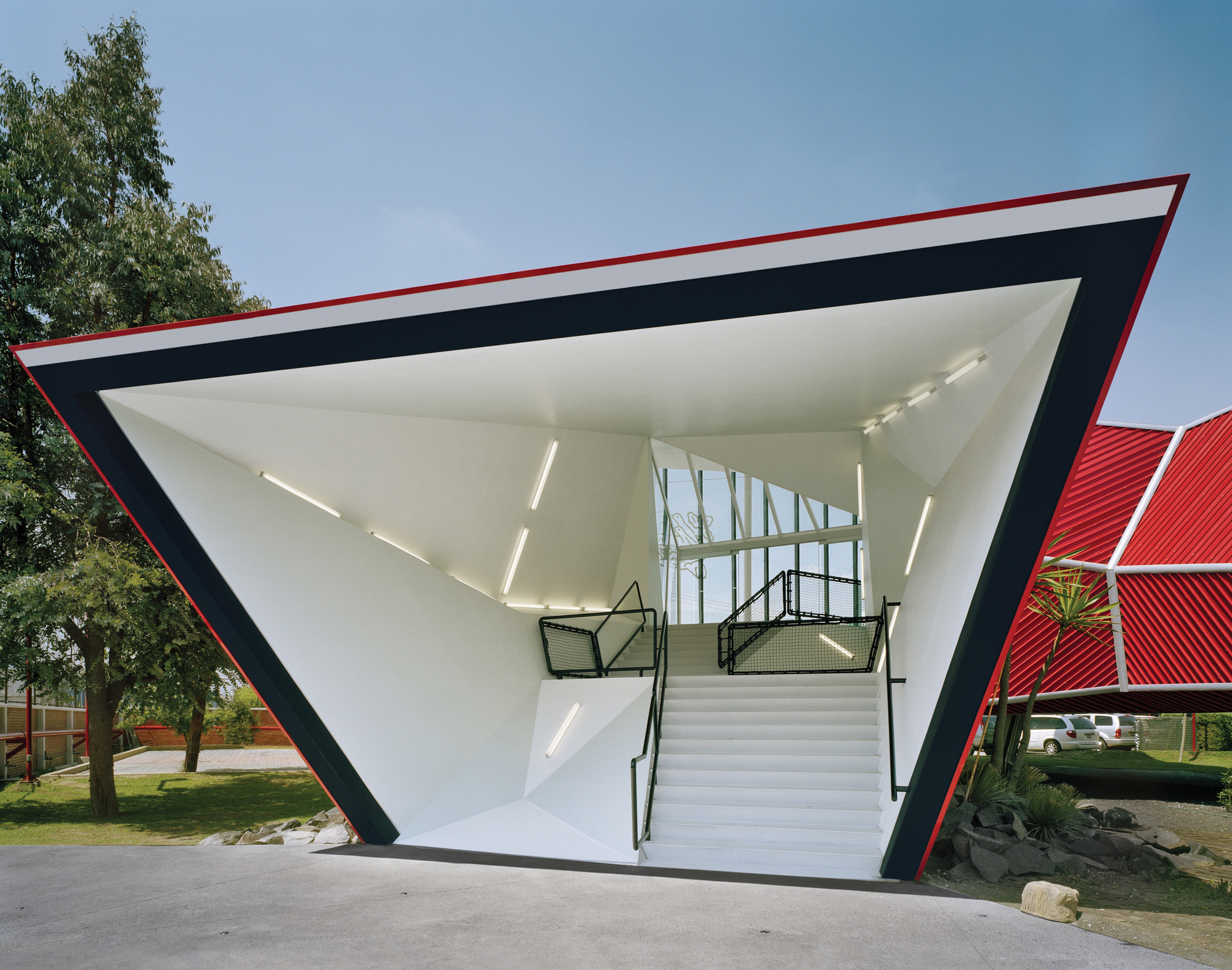
Photo © Paul Rivera Courtesy of Rojkind Arquitectos
Agustin Pereyra (Project Manager)
Paulina Goycoolea
Moritz Melchert
Juan Carlos González
Daniel Dusoswa
Mauricio Garcia-Noriega
Matthew Lohden
Sandra Carvajal
Structural Engineer
Moncad
Lighting Consultant
Noriega Arquitectonics Iluminators
Landscape Consultant
Ambiente Arquitectos
Builder
Factor Eficiencia: Fermín Espinosa
Renderings
Rojkind Arquitectos
Photography
Guido Torres
Paul Rivera
THE RED ALEBRIJE
Architecture as an experience. Sensory architecture, experienced through the architectural tour, through the surprises, the turns and the bends. Architecture as a challenge. The forms and spaces contained, as well as the timing, are pushed to the limit. Complexity and record time: three months to design and build it. Dramatic and expansive architecture that reflects the frozen instant of trains crashing in the air.
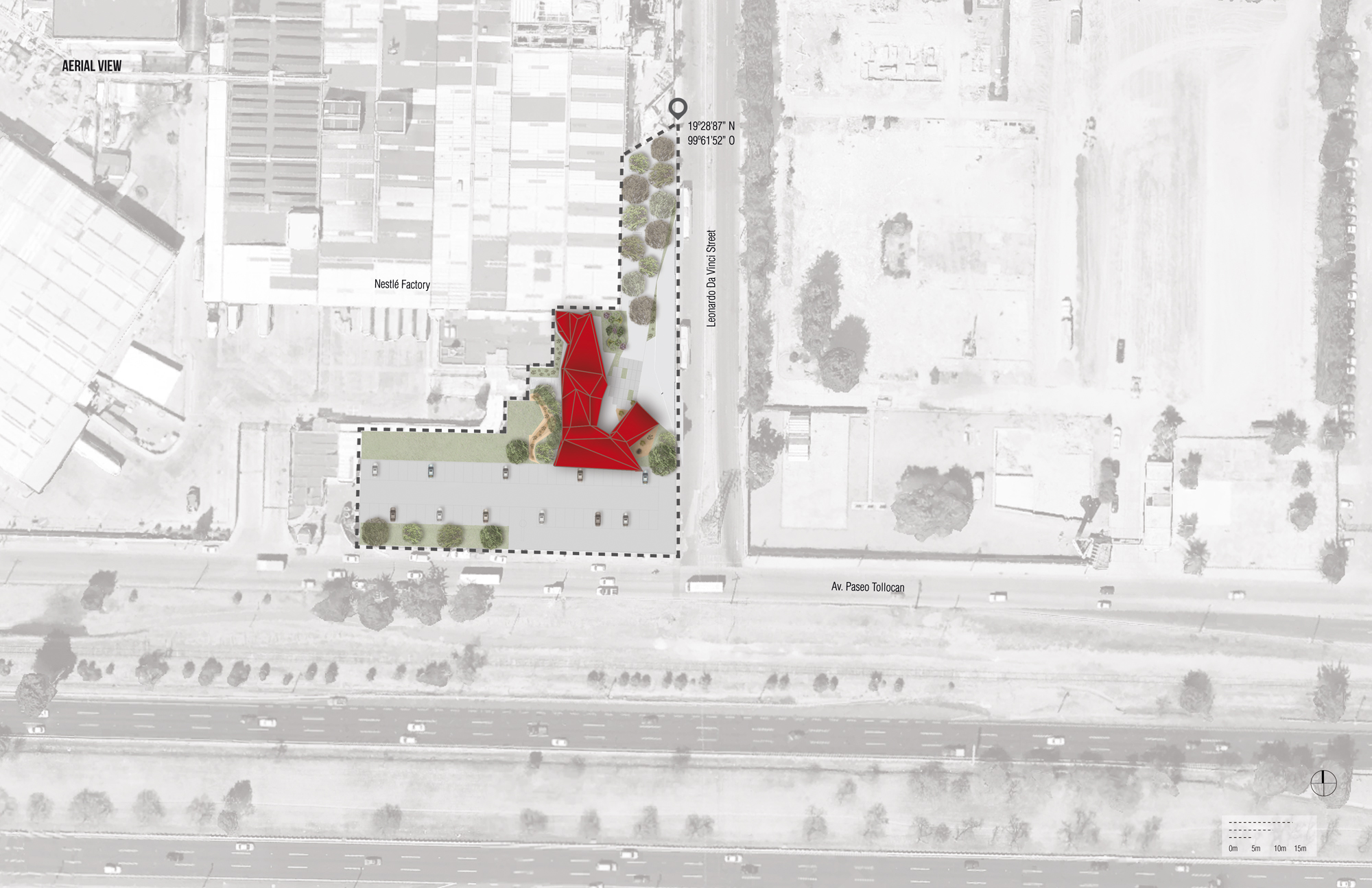
Site plan © Rojkind Arquitectos
Located on the side of the highway in the entrance to Toluca, in the edge of a 300-meter long generic industrial complex that used to go unnoticed, the new object appears with the spectacular nature of a window display. Half way between Mathias Goeritz’s “The Snake” and Edvard Munch’s “Scream,” this zigzagging origami rises from the garden level and becomes the entrance to a magical world, to the tour of the chocolate factory that rivals Tim Burton’s imagination.
The 600 square meter new construction built over the garden houses a reception area, a theater that prepares young visitors for the trip to the world of chocolate, the entry to the existing tunnel that circles around the production areas in the inside of the factory, and the chocolate and gadget store at the end of the tour.
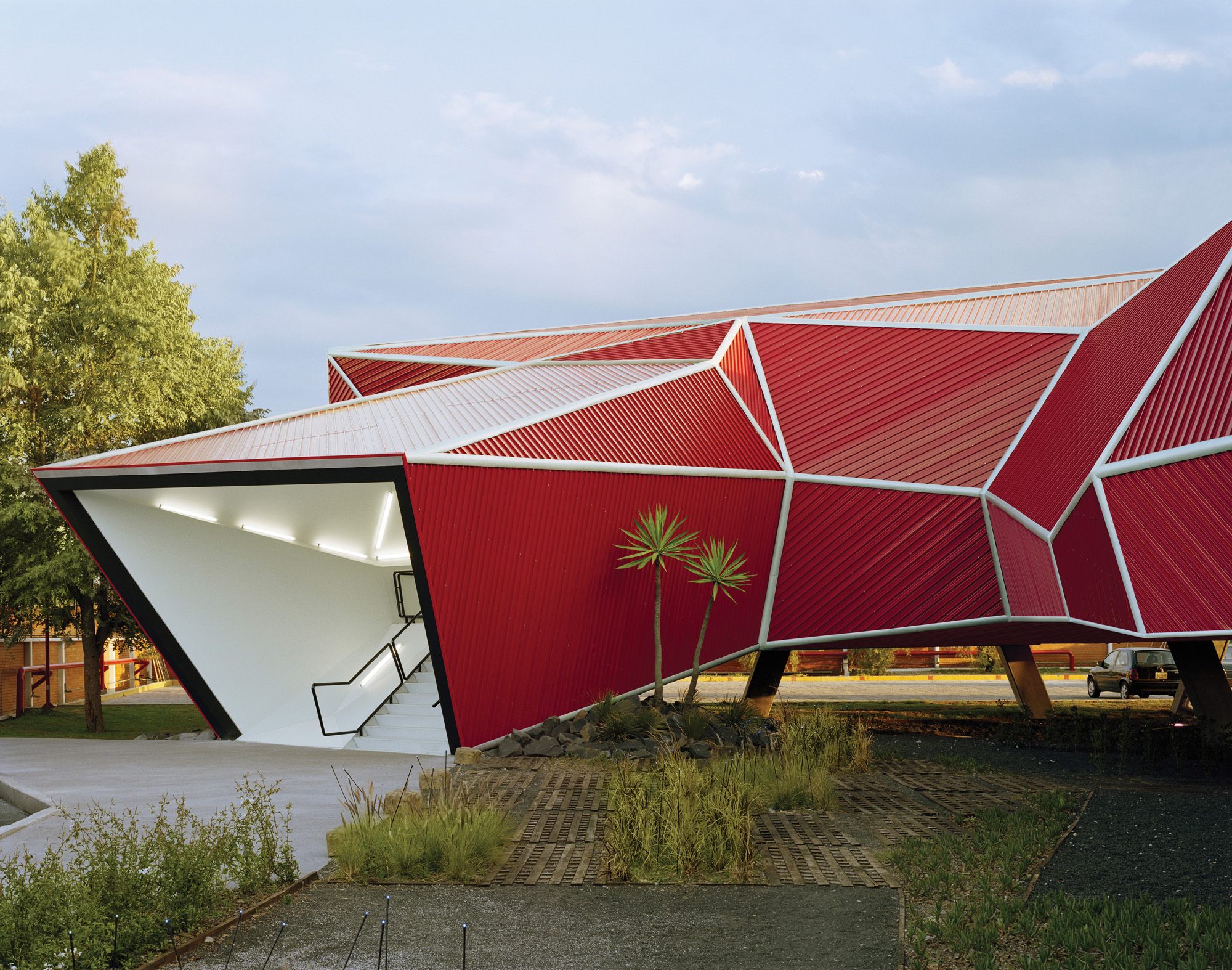
Photo © Paul Rivera Courtesy of Rojkind Arquitectos
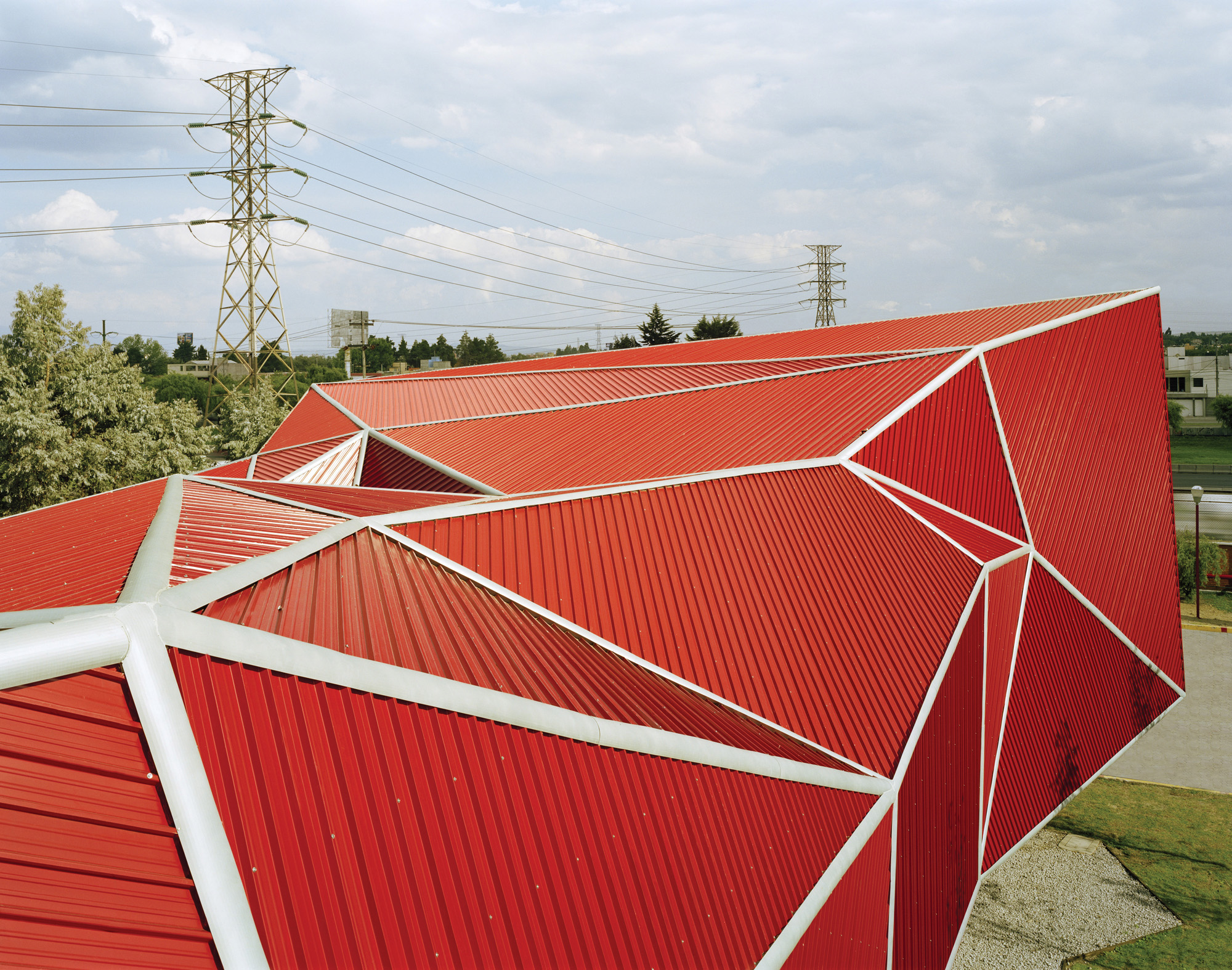
Photo © Paul Rivera Courtesy of Rojkind Arquitectos
Thus, a back staircase engulfs the groups of students with a trumpeted and faceted prism. The triangles of the unfolding kaleidoscope are made out in different shades of white to accentuate the different planes. The lobby opens up over a generic view of high voltage towers, billboards, and highway to give way to the groups of visitors between the information desk and the chocolate-bar shaped sofas.
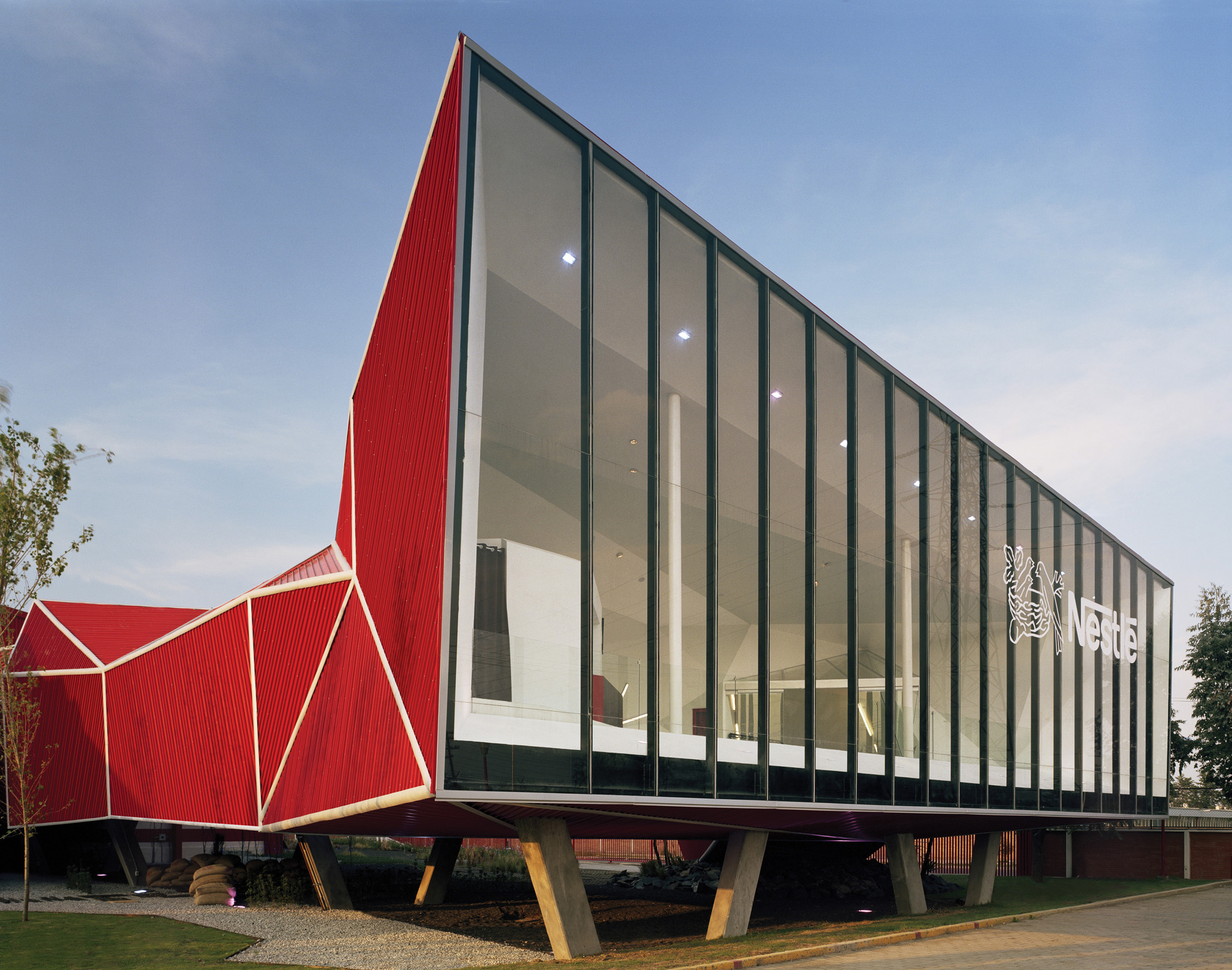
Photo © Paul Rivera Courtesy of Rojkind Arquitectos
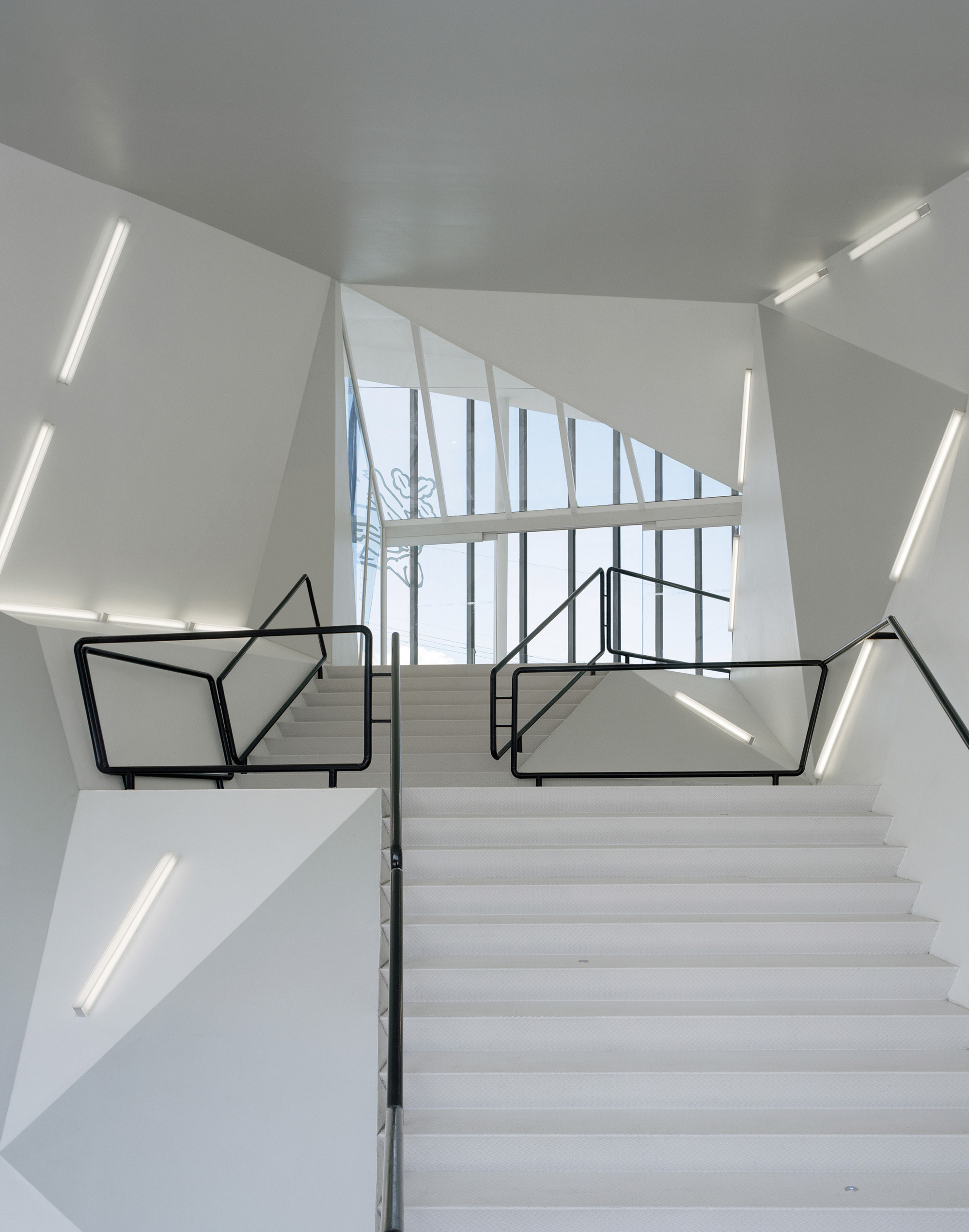
Photo © Paul Rivera Courtesy of Rojkind Arquitectos
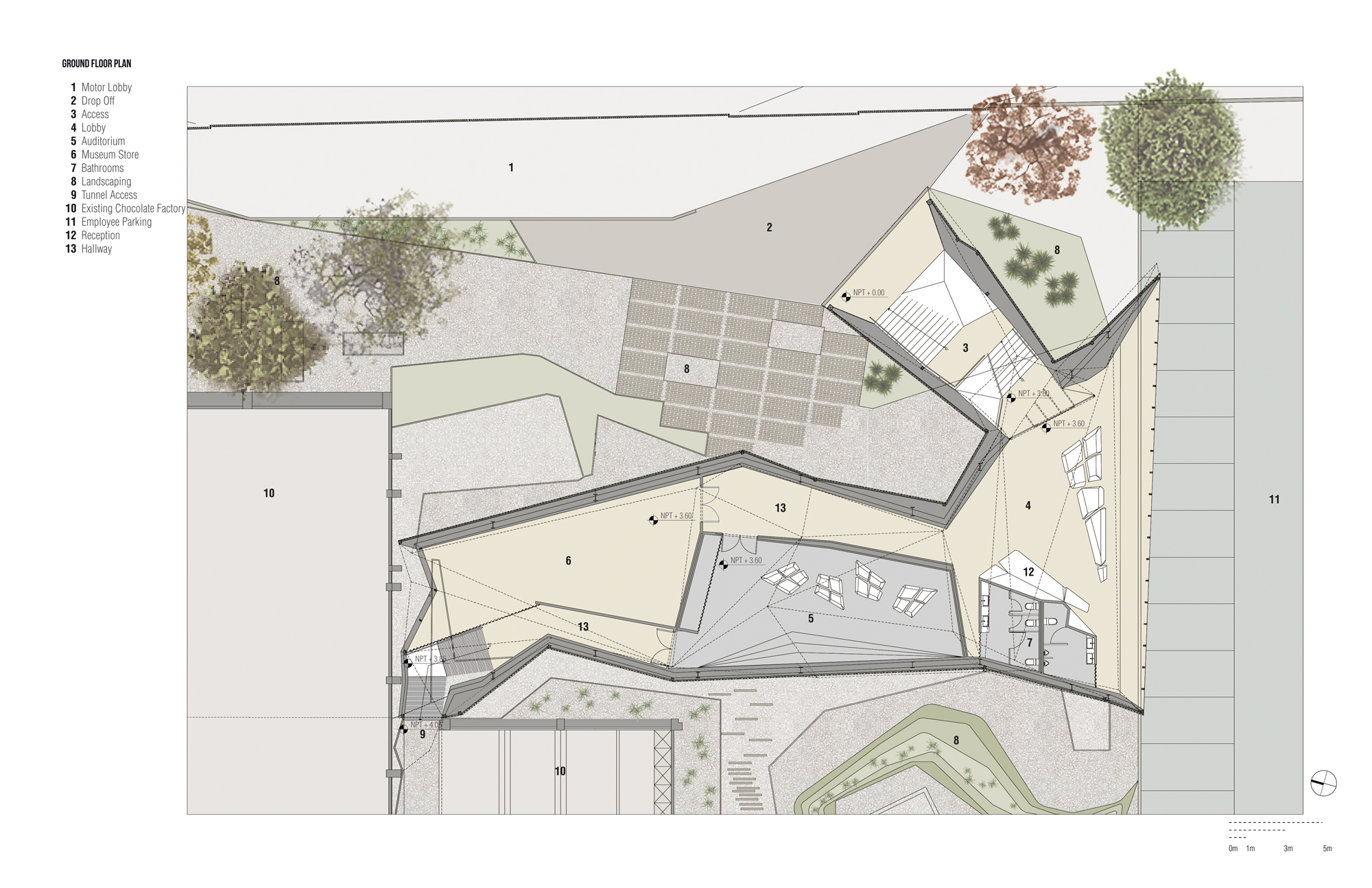
Plan © Rojkind Arquitectos
The theater in this little
space encloses the visitors for a few minutes to virtually introduce them to the liquid world of candy. From there, the tour begins through the corridors, tunnels, and observation decks over the halls of the factory. Before leaving, a store invites us to perpetuate the moment with objects to take home and thrones that transform us into royalty for an instant.
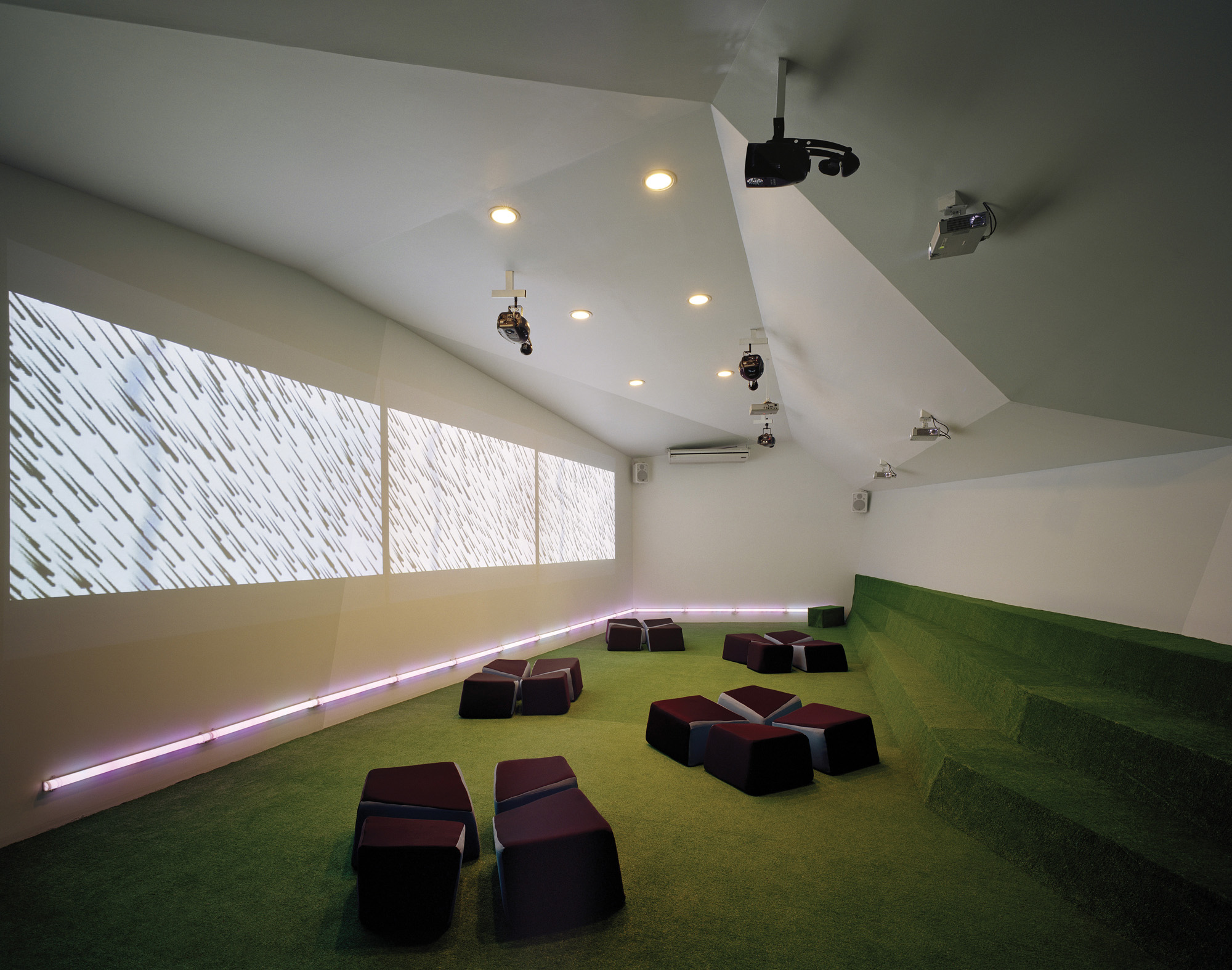
Photo © Paul Rivera Courtesy of Rojkind Arquitectos
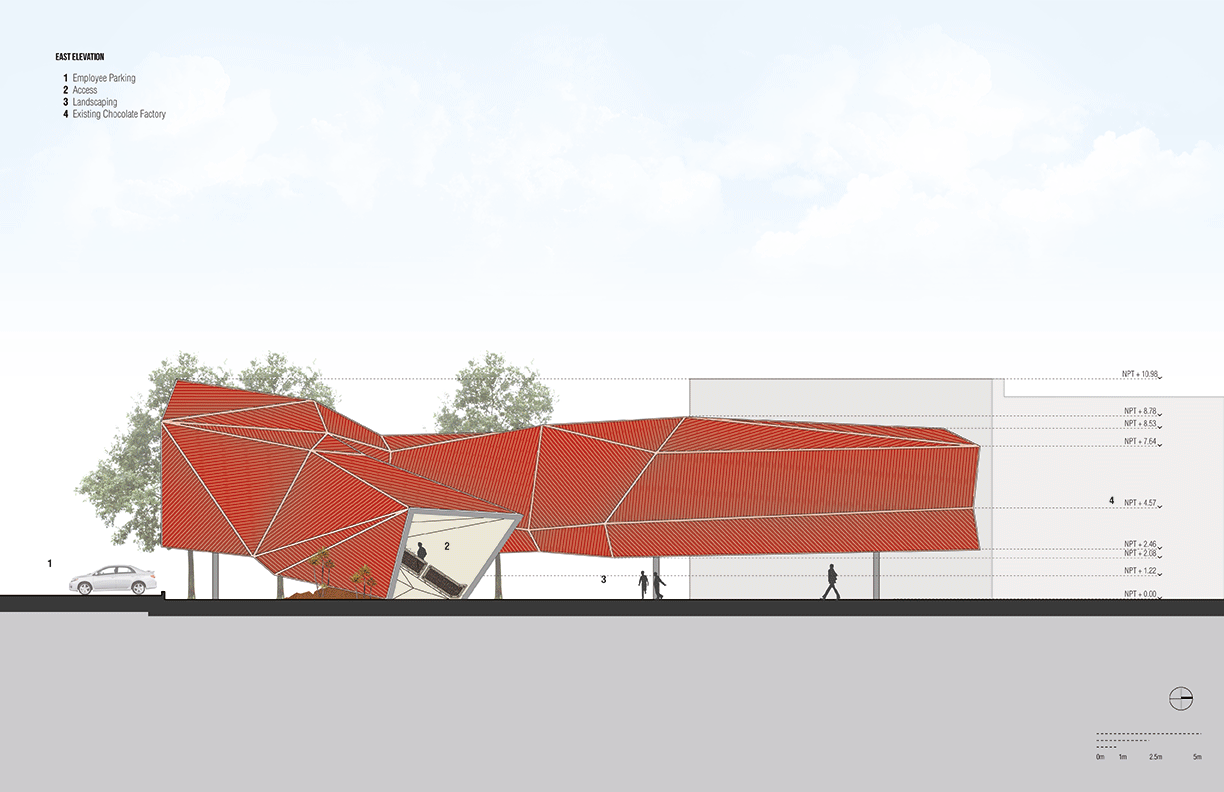
Elevations © Rojkind Arquitectos

Sections © Rojkind Arquitectos
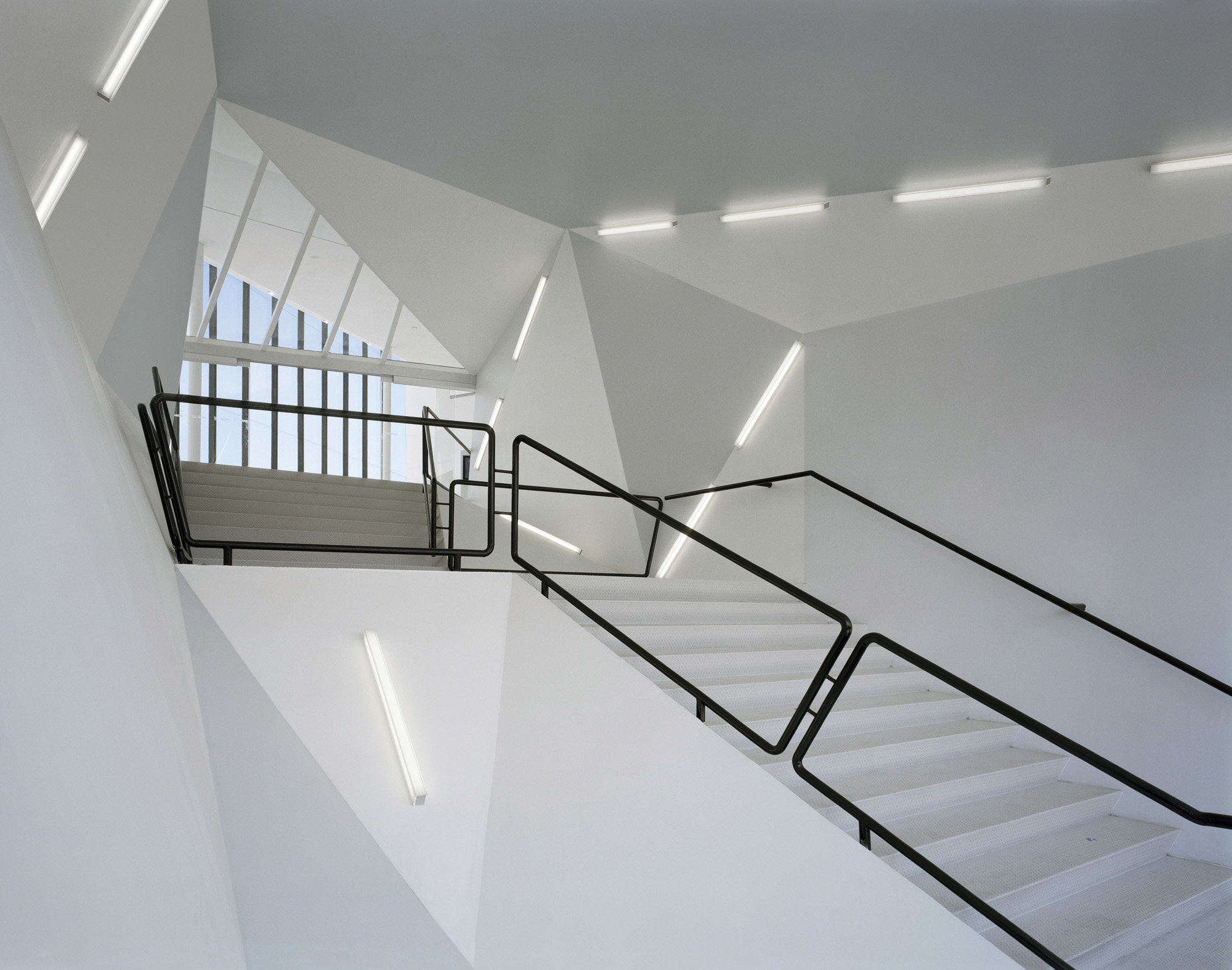
Photo © Paul Rivera Courtesy of Rojkind Arquitectos
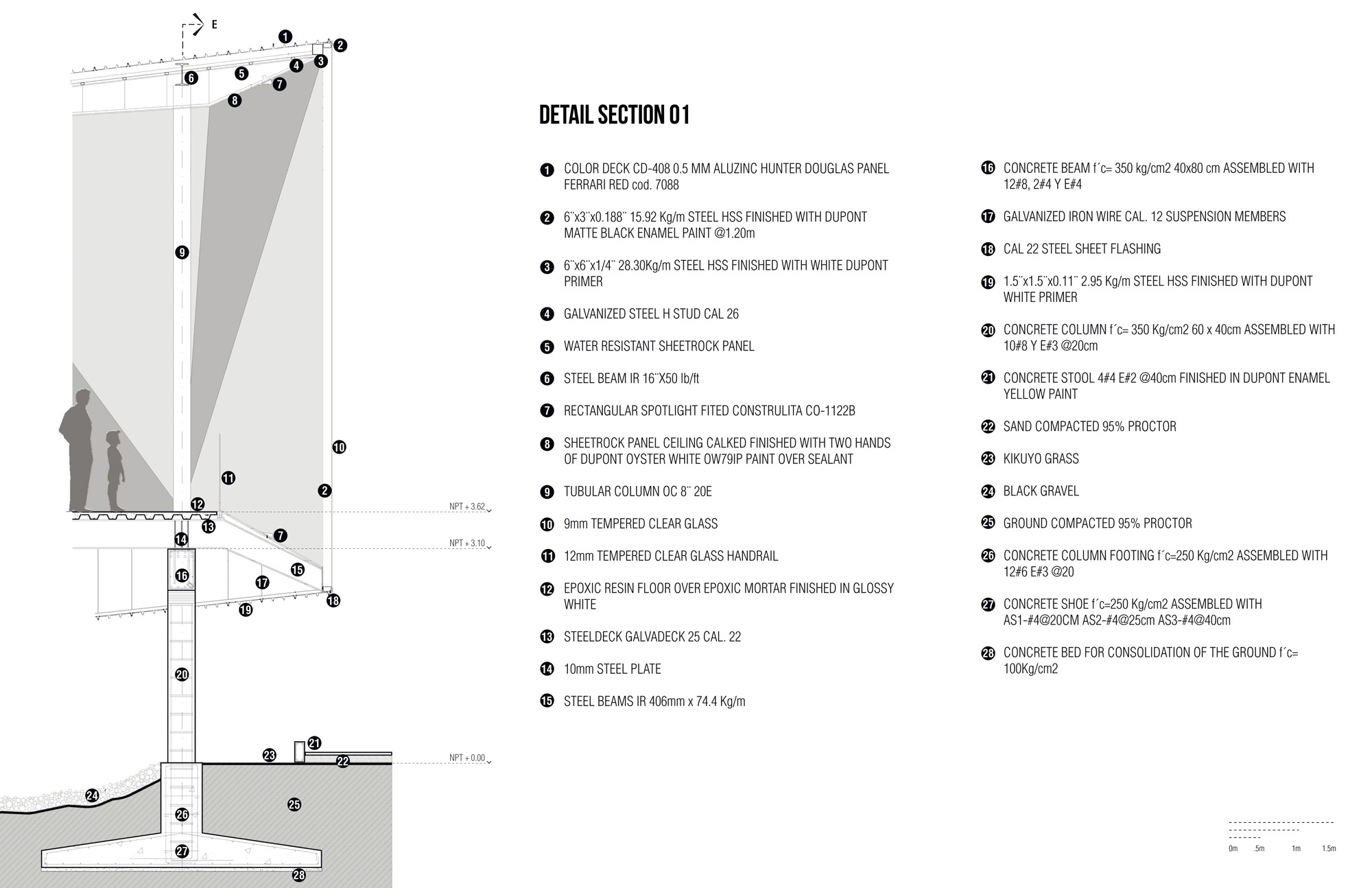
Detail section © Rojkind Arquitectos

Detail section © Rojkind Arquitectos

Construction © Guido Torres Courtesy of Rojkind Arquitectos
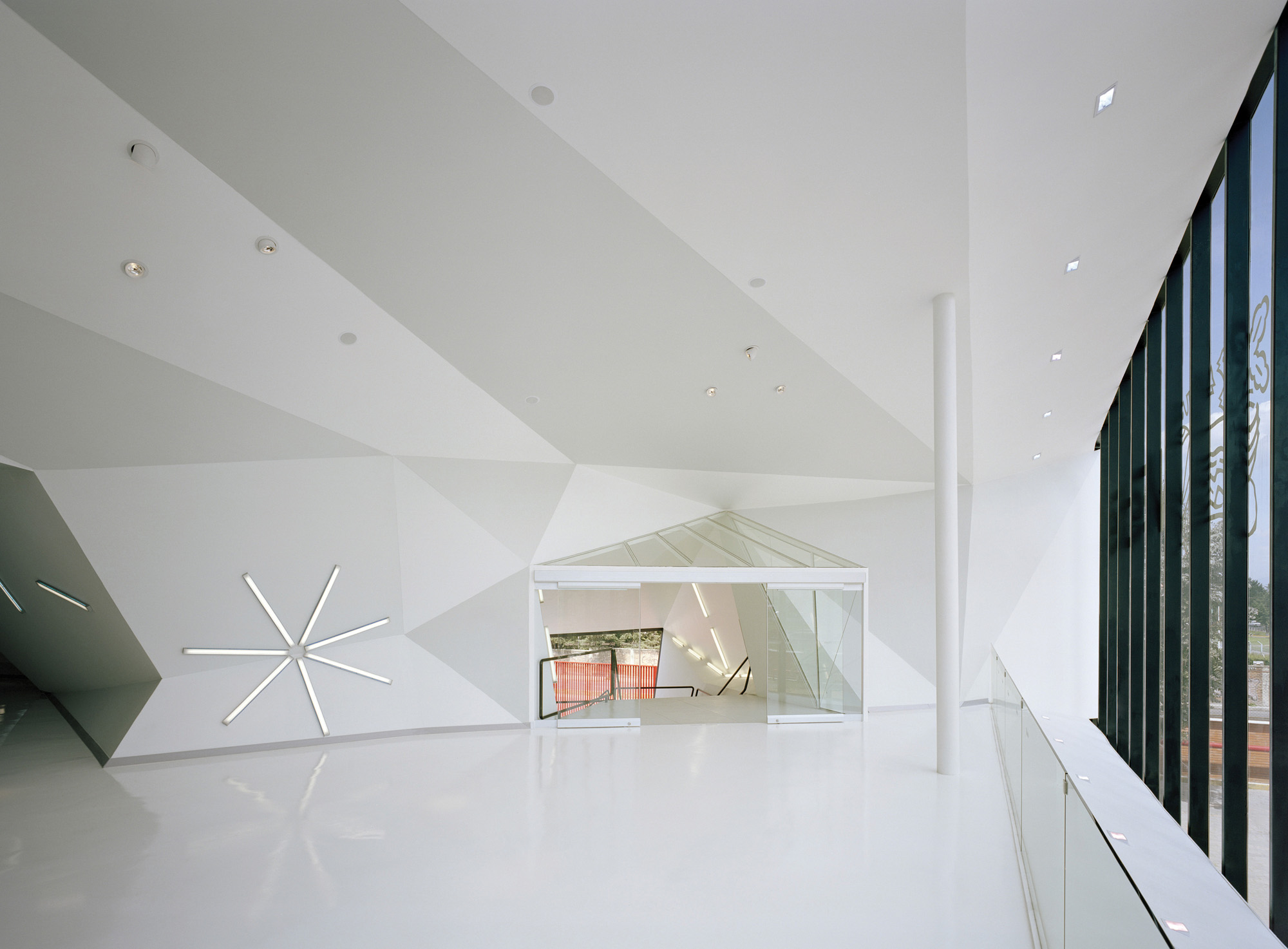
Photo © Paul Rivera Courtesy of Rojkind Arquitectos